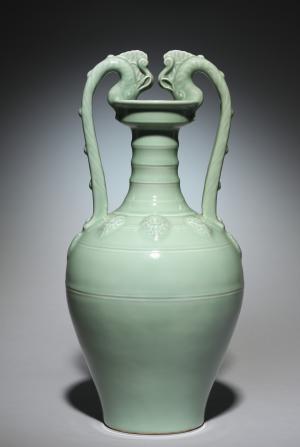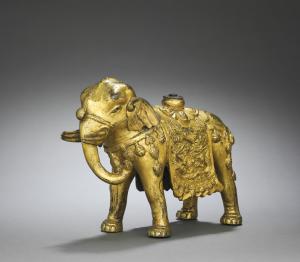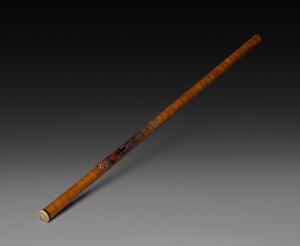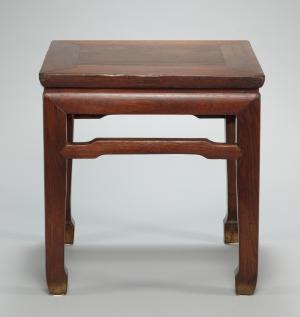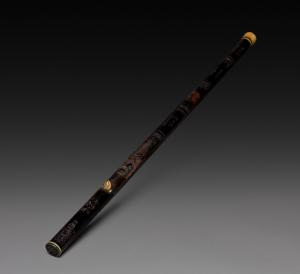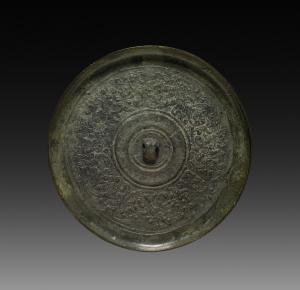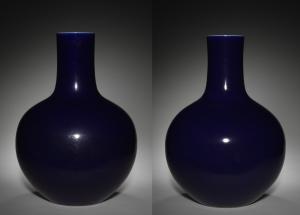Text of the Perfection of Wisdom (Mahāprajñāpāramitā) Sūtra
詳細資料
This precious text fragment is one of the earliest calligraphies in the collection. The text is copied from the Mahāprajñāpāramitā Sūtra (also called the Perfection of Wisdom Sutra (Chinese: 摩訶般若波羅蜜多經; Móhā Bōrĕ Bōluómìduō jing). The passage is part of a collection of sacred Buddhist texts written in India around 100 BC to AD 600 that were translated in the 700s by the Chinese monk Xuanzang. The paragraph is written in regular script style (kaishu) with deep black characters on brown aged paper that may have originally been dyed yellow. Mahāyāna Buddhism teaches that faithfully copying sutra texts is a good deed that helps one accumulate merit and the Buddha’s blessings—a way to gain rebirth in the Western Paradise.
Edward L. Whittemore Fund
?-1933A. K. Coomaraswamy [1877-1947], ?-1933
1933-presentThe Cleveland Museum of Art, Cleveland, OH, 1933-present
Overall: 26.2 x 9 公分 (10 5/16 x 3 9/16 英吋)
紙本
The Heart Sutra
The Maha Prajna Paramita Hrdaya Sutra
Avalokitesvara Bodhisattva when practicing deeply the Prajna Paramita perceives that all five skandhas are empty and is saved from all suffering and distress. Shariputra, form does not differ from emptiness, emptiness does not differ from form. That which is form is emptiness, that which is emptiness form. The same is true of feelings, perceptions, impulses, consciousness. Shariputra, all dharmas are marked with emptiness; they do not appear or disappear, are not tainted or pure, do not increase or decrease. Therefore, in emptiness no form, no feelings, perceptions, impulses, consciousness. No eyes, no ears, no nose, no tongue, no body, no mind; no color, no sound, no smell, no taste, no touch, no object of mind; no realm of eyes and so forth until no realm of mind consciousness. No ignorance and also no extinction of it, and so forth until no old age and death and also no extinction of them. No suffering, no origination, no stopping, no path, no cognition, also no attainment with nothing to attain. The Bodhisattva depends on Prajna Paramita and the mind is no hindrance; without any hindrance no fears exist. Far apart from every perverted view one dwells in Nirvana. In the three worlds all Buddhas depend on Prajna Paramita and attain Anuttara Samyak Sambodhi. Therefore know that Prajna Paramita is the great transcendent mantra, is the great bright mantra, is the utmost mantra, is the supreme mantra which is able to relieve all suffering and is true, not false. So proclaim the Prajna Paramita mantra, proclaim the mantra which says: gate gate paragate parasamgate bodhi svaha gate gate paragate parasamgate bodhi svaha gate gate paragate parasamgate bodhi svaha.
Kwan Um School of Zen
水墨

